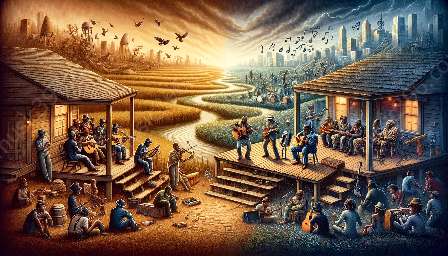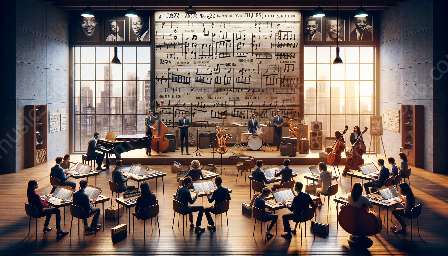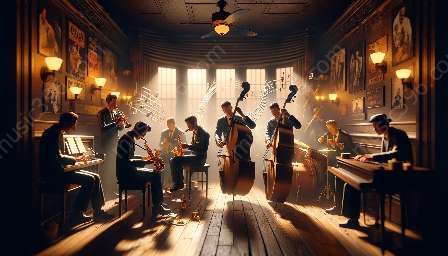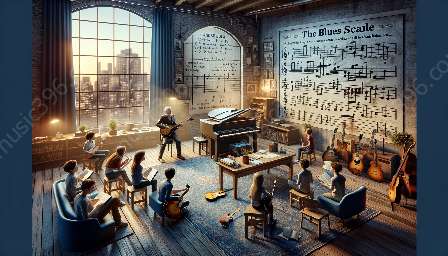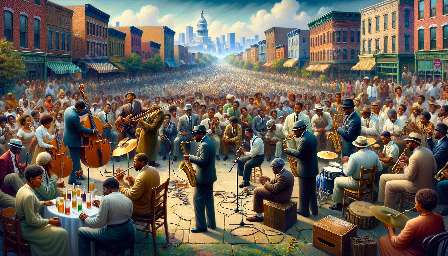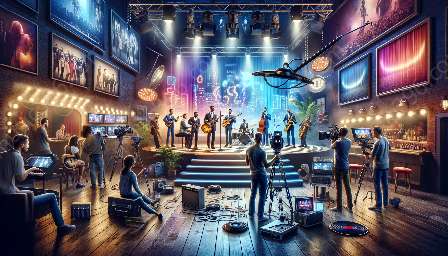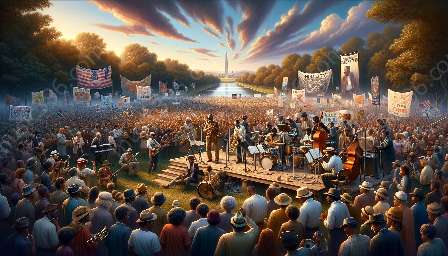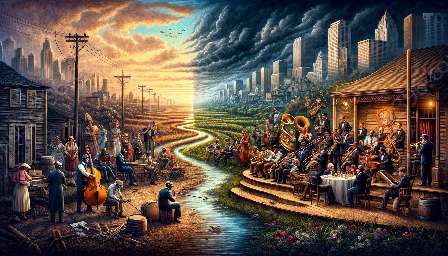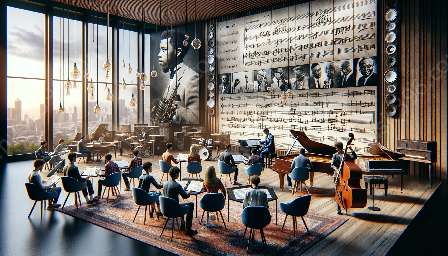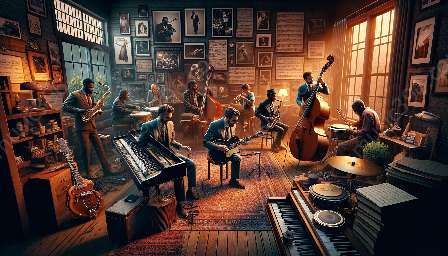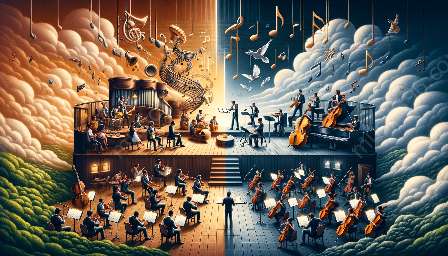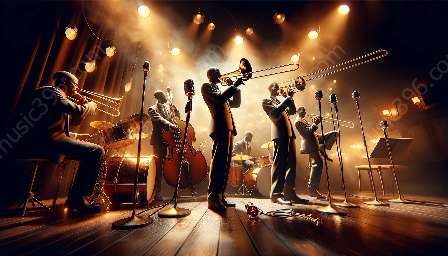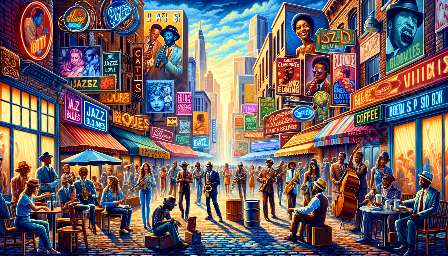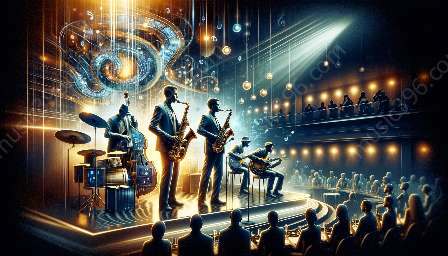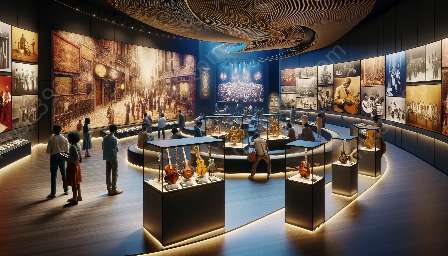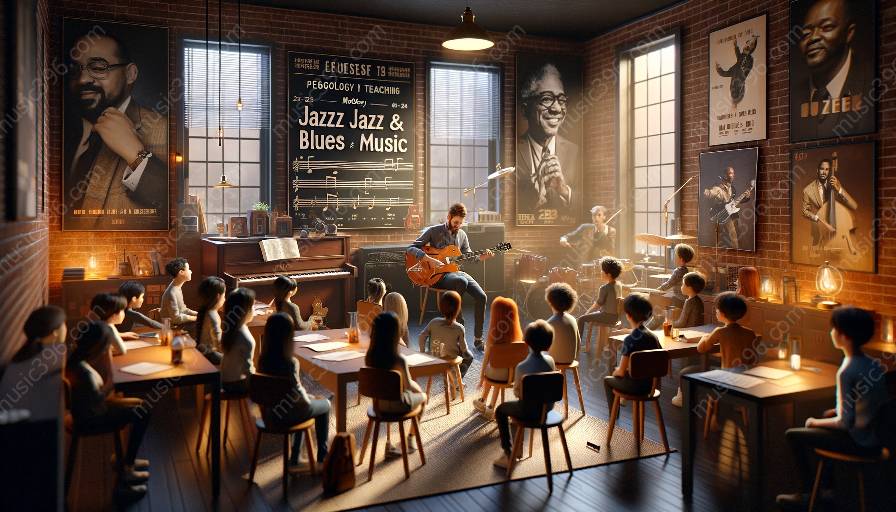The role of the audience in the performance and reception of jazz and blues music has evolved significantly over time, reflecting the rich history and influence of these genres on society. This evolution has implications for the pedagogy of teaching jazz and blues music, as educators seek to connect students with the cultural and artistic significance of these musical forms.
As we explore this topic, it becomes evident that the audience has played a crucial role in shaping the development of jazz and blues music, influencing its performance, reception, and preservation. The journey of jazz and blues music is intertwined with the evolving relationship between the musicians and their audience, creating a dynamic and interactive experience that continues to captivate and inspire listeners around the world.
The Historical Context of Jazz and Blues Music
To understand the evolving role of the audience, it's essential to delve into the historical context of jazz and blues music. Jazz and blues emerged from the African American experience, with roots in the deep South of the United States. These musical genres served as a form of cultural expression, reflecting the struggles, joys, and experiences of African Americans during times of great adversity and social change.
During the early 20th century, jazz and blues found an audience in clubs, speakeasies, and dance halls, where the vibrant and infectious rhythms captivated listeners and provided an outlet for self-expression. The audience was an essential part of this experience, shaping the evolution of jazz and blues by providing immediate feedback and energy that fueled the performances of musicians.
Evolution of Audience Interaction
Over time, the role of the audience in jazz and blues music has evolved from passive listeners to active participants in the music-making process. The improvisational nature of jazz, in particular, encourages a dialogue between the musicians and the audience, transforming the performance into a shared creative experience. Similarly, the emotional depth of blues music invites the audience to connect with the raw, heartfelt expressions of the performers.
This evolution in audience interaction has been facilitated by changes in the performance spaces and technology. From intimate jazz clubs to large concert halls, the environment in which jazz and blues music is performed has expanded, providing diverse settings for interaction between the artists and their audience. Furthermore, advancements in recording and broadcast technology have extended the reach of jazz and blues music, allowing for global engagement and participation.
Influence on Pedagogy for Teaching Jazz and Blues Music
As the role of the audience continues to evolve, educators have recognized the importance of incorporating this evolution into the pedagogy for teaching jazz and blues music. By emphasizing the historical and cultural context of jazz and blues, educators can help students appreciate the significance of audience engagement in shaping the musical experience.
Teaching jazz and blues music involves not only technical instruction but also an exploration of the cultural and social impact of these genres. Educators can encourage students to actively engage with jazz and blues music, whether through listening, analysis, or performance, thereby fostering a deeper understanding of the evolving relationship between the music and its audience. Additionally, educators can leverage various multimedia resources and interactive platforms to simulate audience participation and provide students with a holistic learning experience.
The Continuing Relevance and Impact
Despite the passage of time, the relevance and impact of jazz and blues music on the audience remain profound. These genres have transcended geographical and cultural boundaries, influencing a diverse range of listeners and musicians. The evolving role of the audience in jazz and blues music reflects the enduring power of these genres to evoke emotion, provoke thought, and inspire creativity.
By recognizing and embracing the evolving role of the audience in jazz and blues music, educators and musicians can ensure that the legacy of these genres continues to thrive. Through effective pedagogy and engagement with the audience, the rich history and influence of jazz and blues can be preserved and celebrated for generations to come.


